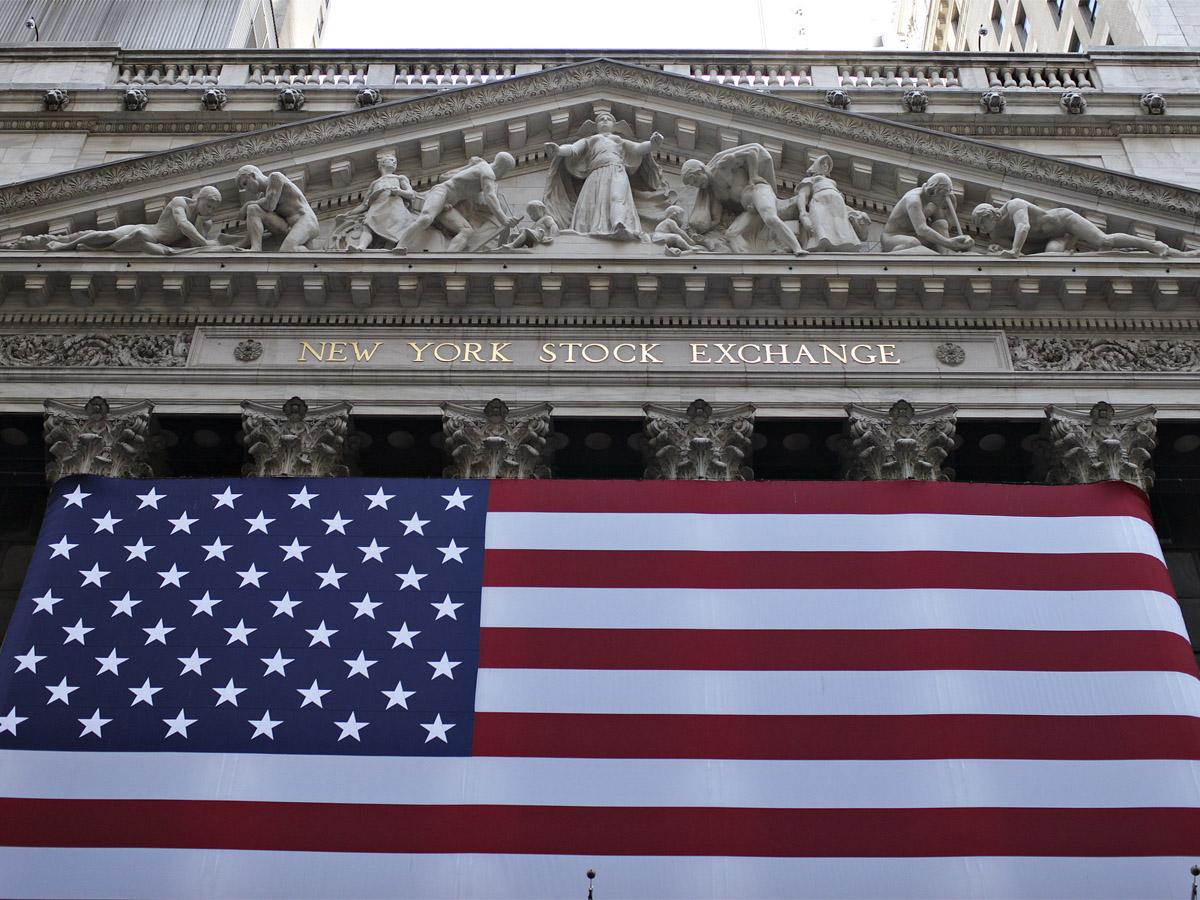On 15 January the Dow Jones Industrial Average (DJIA) closed above 29,000 for the first time, boosted by news of that the US and China had signed “phase one” of a trade agreement. To put that figure in perspective, the DJIA was only just above 24,000 this time last year.
A strong earnings season could push that figure past 30,000. After all, rather than being derailed by the recent killing of general Qasem Soleimani by a US drone strike – and Iran’s retaliatory strikes on two US bases in Iraq – the DJIA has remained resilient.
However, the index is not invulnerable. The ongoing impeachment trial of US President Donald Trump, which started earlier this week, could have ripple effects on the markets and the upcoming US presidential election in November will likely have an impact. Maybe more concerning is a recent outbreak of the deadly coronavirus in Asia, which has already been causing havoc on markets in the region.
A question of perception
In late December, Cresset Capital chief investment officer Jack Ablin told CNBC’s Trading Nation that current valuations were stretched and that markets could fall by 15% in the early part of this year. “We had [a] 30% move this year on 3% earnings growth,” he told the publication.
Finance professor at MIT's Sloan School of Management Andrew Lo, in an interview with the BBC, recently warned that the stock market boom was dependent on investors not having better options for their money. He added that if confidence was significantly dented, there could be what he called a “tremendous outflow”.
He did note, however, that investors remained largely positive about domestic growth prospects as low-interest rates typically drive company investment. Although, as Lo warns, it would not take much “to dramatically shift people’s perceptions”.
Fear is contagious
While perceptions could cause disruption there is another, more tangible, concern that may put pressure on the DJIA. The fear accompanying the headlines of a new outbreak of SARS in Wuhan, China, has so far caused disruption in markets across Asia.
The Shanghai Composite and Hang Seng Index closed down 2.75% and 1.52% on the 23 January, for example, which in turn dragged on the Nikkei that closed down 0.98% the same day. During the last SARS outbreak at the beginning of the century, markets across Asia were hit hard. If China’s economy were to continue to suffer, as one of the US’ largest trading partner the effect on US imports would be significant. For the year to November last year, for example, China accounted for 18.2% of all US imports.
0.98%
Decrease of the Nikkei Index due to Coronavirus outbreak
Labour of love
Labour market data is another factor that could slow the upward curve of the DJIA in 2020. Prior to the December jobs announcement last year, reports suggested analysts were predicting markets would get a boost from the news that 164,000 new jobs were created. The actual figure was 145,000.
145,000
Number of new jobs created, the lowest since 2011
The number of new jobs created last year was the lowest since 2011, Reuters reports. While most businesses do not expect a recession in 2020, there is concern around slower economic growth. For instance, from the World Bank forecasts a 0.1% increase from last year’s already slow growth of rate of 2.5%.
However, Capital Economics senior US economist Michael Pearce noted that some slowdown in the pace of job gains in December was inevitable, adding in a client note that Capital Economics “expect solid gains in payrolls to extend through 2020.”
Bulls within the administration
Then there is the prospect of a Warren administration. The prospective Democratic candidate has stated her determination to raise corporate tax rates and tighten regulation, a prospect that made Omega Advisors CEO Leon Cooperman suggest it wouldn’t be worth opening the markets. In an interview with CNBC, he registered his disdain for the left and policies which he thought were “very harmful for the economy”.
Perhaps the most bullish assessment of the DJIA’s prospects for 2020 came from White House trade adviser Peter Navarro. At the end of last year, he predicted that it could rise above 32,000 by the end of this year.
Furthermore, US President Donald Trump is expected to promise further tax cuts and talk up the next phase of trade talks with China as he gets into full election mode – two developments that would give the DJIA a further boost. To complicate matters further, the conclusion of the impeachment trial of the president, which is currently underway, will likely drive uncertainty in the markets.
However, some commentators are apprehensive this will drag the index down. Marios Hadjikyriacos, investment analyst at XM, thinks the possibility of Trump actually being impeached are close to zero, as it would require around 20 Republican senators to vote against their party. “Hence, this is a non-event for markets,” Hadjikyriacos writes.
“Hence, this is a non-event for markets” - Marios Hadjikyriacos, investment analyst at XM, regarding Trump's impeachment
More damaging perhaps were comments from another individual in the Trump administration. The index took a hit from comments made to the Wall Street Journal by US Treasury Secretary Steven Mnuchin indicating that a phase two trade deal between China and the US may not remove all existing tariffs. THE DJIA dropped 0.5% following the report, the first decrease since 10 January, causing a slide now lasting multiple days. Will further complications to an already dramatic trade situation halt the Dow’s march? Only time will tell.
Continue reading for FREE
- Includes free newsletter updates, unsubscribe anytime. Privacy policy





